The Racing Pigeon Loft Part 2
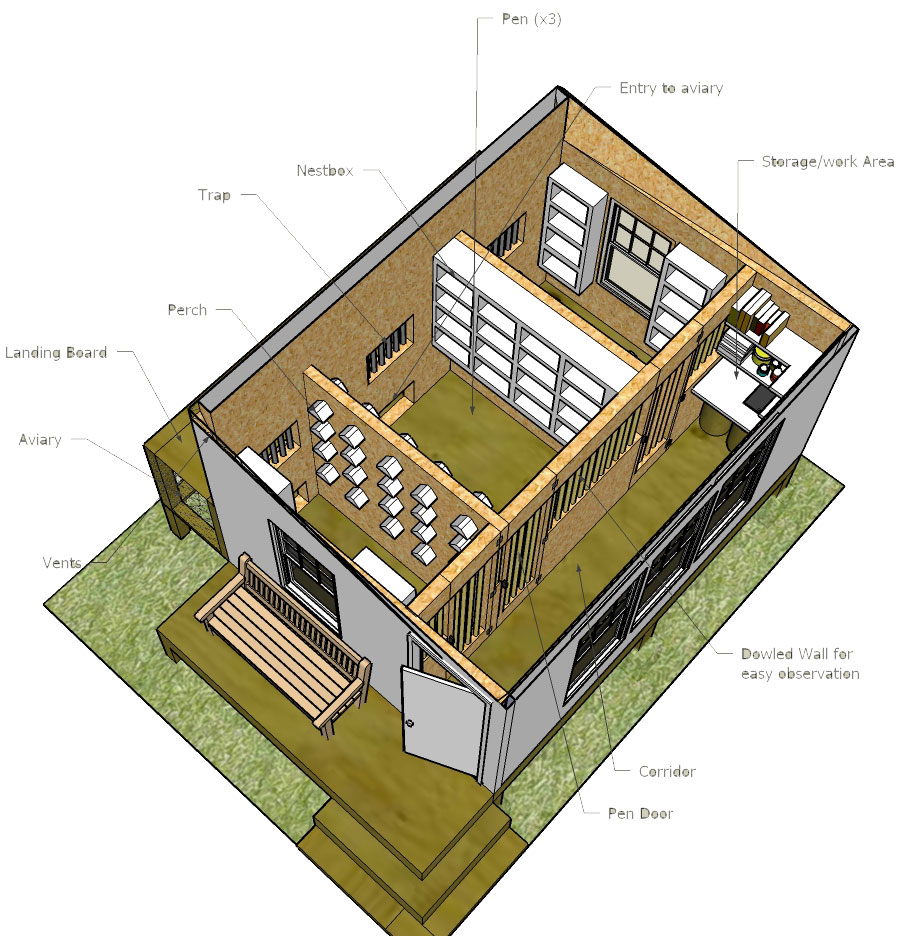 Ventilation
Ventilation
When the air inside the loft is not as fresh as the outside air, then there is a ventilation problem.
The traditional Australian loft is open at the front and gets good race results in areas with low humidity (non-coastal and inland regions, South Australia etc.). Such a loft requires little other ventilation other than vents on the back and side walls of the loft. Place the vents under the perches rather than at the top, so that the air does not pass over the birds resting in the perches. The flow of air over the birds created by incorrectly placed vents is referred to as a draft and causes illness by preventing the birds from resting.
The creation of proper ventilation in enclosed lofts is more difficult to achieve and in dry areas it is often better to avoid enclosed lofts. However, in high humidity and very cold areas the loft must be enclosed at night to maintain the form of the fit race team, although it is opened up as much as possible during the day. The best lofts can be opened up during the day and closed up at night, when it is raining or during cold humid weather.
More ventilation is required in closed lofts than open lofts. Ceiling or wall ventilation fans are often used to improve the circulation inside the loft. Vents placed on the back and side walls near the floor are open during the day and on warm nights and closed when it is wet or cold. Double-check the quality of the air inside an enclosed loft by asking an asthmatic friend to stand inside and pass an opinion as to the freshness of the air.
Pigeon numbers
Overcrowded lofts do not race to their true potential. Overcrowding increases fighting, creates restlessness and increases the staleness of the air. Overcrowded lofts have consistently good droppings, although the birds may be healthy. Often healthy nutty droppings return when the numbers are decreased. The best race results occur when the numbers are kept around 25 birds per 6 foot x 6 foot by 6 foot loft.
Wetness in the loft
Waterproofing the loft is a priority, because wet floors endanger the health of the birds. Fit race birds immediately lose form and often succumb to coccidiosis three days after the floor gets wet. Disinfecting or cleaning the loft using water must be reserved for warm days or allowed to dry whilst the birds are out exercising. Concrete slabs hold water and are not recommended for race lofts and must be designed to drain and dry quickly when used beneath elevated flights during the race season.
Clean loft
Pigeons love a clean loft and rest better when the perches and floor are cleaned free of droppings. Sand on the floor looks good, but is not recommended during the cold months of the racing season. At this time the birds may suddenly over-engorge on it and lose form because of the resulting “gut ache”. Pigeons love to lie down on straw but it must be perfectly fresh, clean and be free of dust or moisture. Black marks and a musty smell to the straw indicates mould on the straw, which can damage the pigeons airsacs when inhaled.
The loft is cleaned at least once and even better twice daily during the racing season.
Twice daily cleaning allows the fancier to monitor the health of the race team very closely. A change in the droppings is then recognised very early and the appropriate remedy (either rest, water cleanser, medicines, loft heaters etc.) can be quickly and effectively prescribed. The design of the loft must be such that scraping is made as easy as possible. The floor should be perfectly flat and smooth and the perches must be wide enough and brought out from the wall for easy scraping.
Loft position
The best lofts are positioned in the yard to get the most amount of sunlight from the day during the racing season. In Australia, the best direction to face the loft is between North West to North East, because the sun moves northward during the winter months of racing. Lofts need as much sunlight as possible. They also need space to breathe fresh air and are best away from trees, fences and be elevated.
The resting pigeon
The best designed lofts create an environment that is so relaxing that during the day and at night-time the birds lie down on the ground or on the perch with their wings hanging loose. The compartment sizes should not be too large, but small and low enough for the fancier to catch the birds easily without chasing them around the loft. The race team is tamer and more relaxed in a loft with smaller compartments. The best size sections are 6 inches higher than the fancier, 6 feet deep and 5 feet wide.
Loft materials for ceilings, walls and floors
In high humidity areas the ceiling and walls of the pigeon loft must be lined if consistent racing results are to be enjoyed. Masonite and wood are better insulators than metal. The best floor for racing is made of wood (form ply or marine ply) because it is a good insulator, stays warm, and is smooth for effective scraping. It can be unscrewed and replaced with wired floors during the off season if required. Wood floors are harder to disinfect. Concrete floors are not recommended in the race loft because they are cold and retain moisture, but they are good for the breeding loft and can be used for the race loft if they are centrally heated. In high humidity areas wire floors are not recommended for racing because the droppings beneath the wire accumulate moisture and grow fungus, which causes moulding disease. They are acceptable in dry areas and during the breeding season, but must be treated for fungus and insects regularly.
The Racing Pigeon Loft Part 2 by Dr. Rob Marshall
The Leading Online Pigeon Racing and Racing Pigeons Magazine – The Pigeon Insider


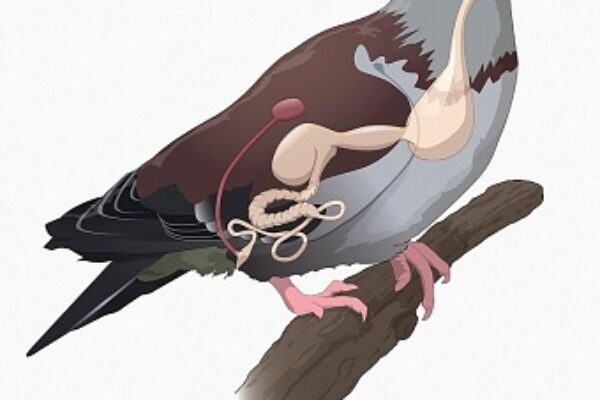

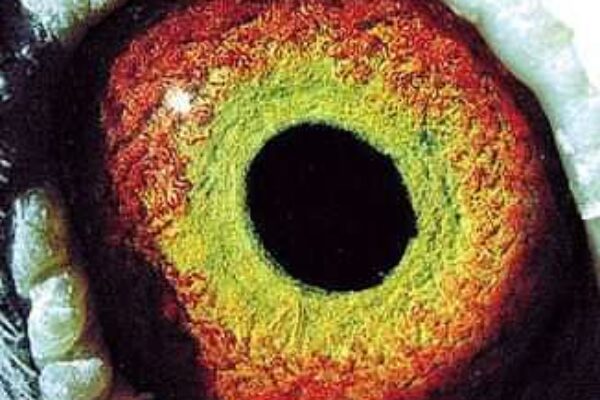

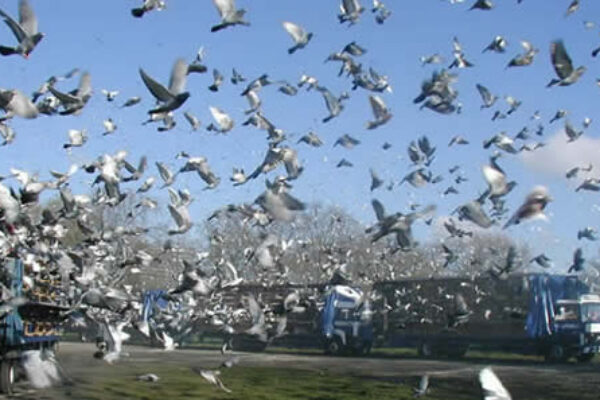
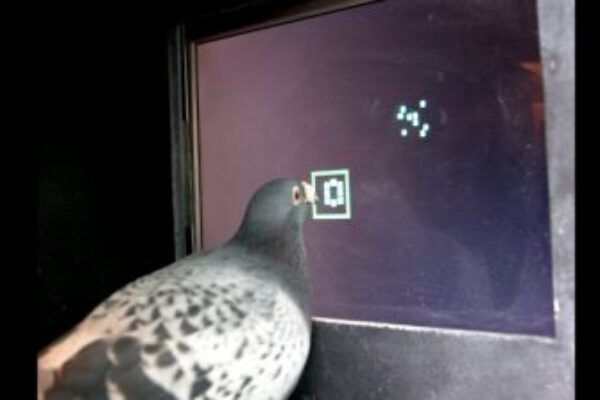


I am new to this sport good information
This is another great article for me to applie to building my loft. I live in Louisiana. The winter are mild and summer are hot
I think this is a excellent article and it took me some time to realize that overcrowding is one of the biggest problems
Thnqs for the information for good loft….everything in this article are so useful for me….thank for pigeon Insider
hi chris,good article ,but in a tropical country like ours we tend to use lots of ventilation but are very careful about dampness in the wet season, how ever alot of your advise will be used in the future.
keep up the good work.
Thanks for the information I don’t feel alone es like you have a great friend to get you a d right spot tanks Cris
Thank you so much for your information about a good & healthy loft.I hope it will help us a lot……once again thank you.
every thing in your article are so helpful,thank you!
Will that be ok to use corrugated polycarb panel as landing board?
Good sound advice